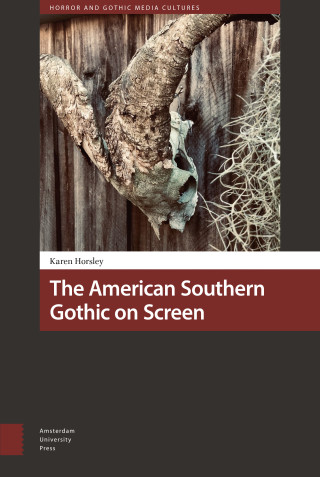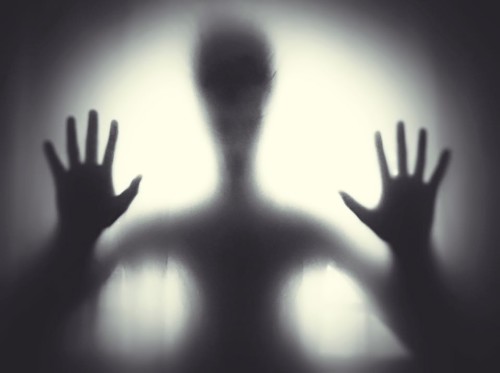
- Series editors
Jessica Balanzategui, Swinburne University of Technology, Melbourne, Australia
Angela Ndalianis, Swinburne University of Technology, Melbourne, Australia
Isabella van Elferen, Kingston University London, United Kingdom- Geographical Scope
- Global; Transnational
- Chronological Scope
- 20th and 21st century
- Editorial Board
Dr Adam Hart, North Carolina State University
Professor Adam Lowenstein, The University of Pittsburgh
Dr Antonio Lazaro-Reboll, University of Kent
Associate Professor Bernice Murphy, Trinity College Dublin
Associate Professor Caetlin Benson-Allott, Georgetown University
Dr Julia Round, Bournemouth University
Dr Kristopher Woofter, Dawson College Montreal
Associate Professor Lorna Piatti-Farnell, Auckland University of Technology
Associate Professor Mark David Ryan, Queensland University of Technology
Professor Stacey Abbott, University of Roehampton London
Associate Professor Valerie Wee, National University of Singapore- Keywords
- Horror genre; Gothic; entertainment media; aesthetics; form; media histories; media technology
- Flyer
- Download flyer
Horror and Gothic Media Cultures
The Horror and Gothic Media Cultures series focuses on the influence of technological, industrial, and socio-historical contexts on the style, form, and aesthetics of horror and Gothic genres across different modalities and media. Interested in visual, sonic, and other sensory dimensions, the series publishes theoretically engaged, transhistorical, and transcultural analyses of the shifting terrain of horror and the Gothic across media including, but not limited to, films, television, videogames, music, photography, virtual and augmented reality, and online storytelling.
To foster this focus, the series aims to publish monographs and edited collections that feature deep considerations of horror and the Gothic from the perspectives of audio/visual cultures and art and media history, as well as screen and cultural studies. In addition, the series encourages approaches that consider the intersections between the Gothic and horror, rather than separating these two closely intertwined generic modes.

Theorizing Stephen King

The Politics of Monstrous Figures in Contemporary Cinema
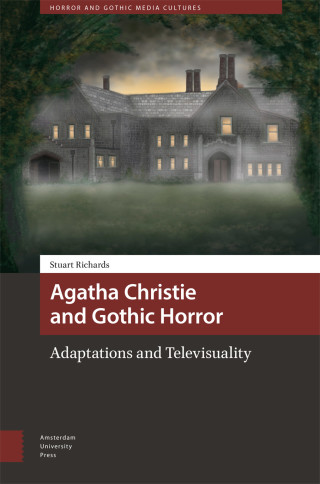
Agatha Christie and Gothic Horror
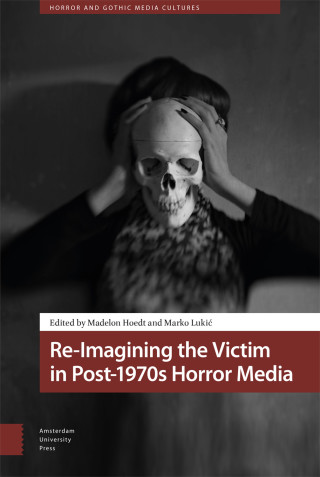
Re-Imagining the Victim in Post-1970s Horror Media

Monstrous Beings and Media Cultures
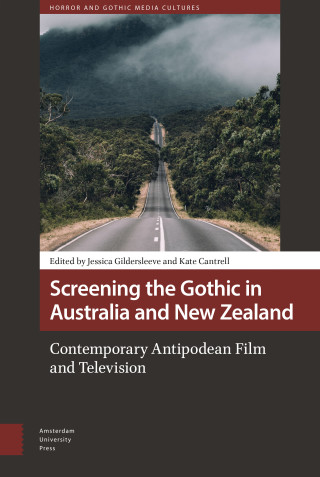
Screening the Gothic in Australia and New Zealand
